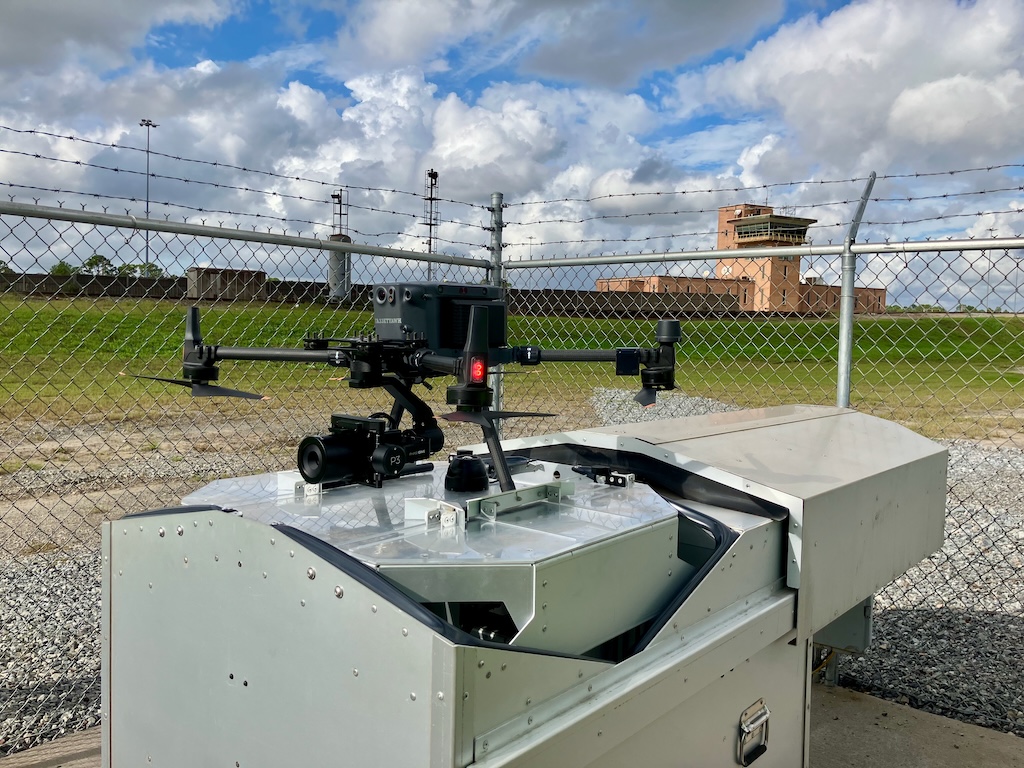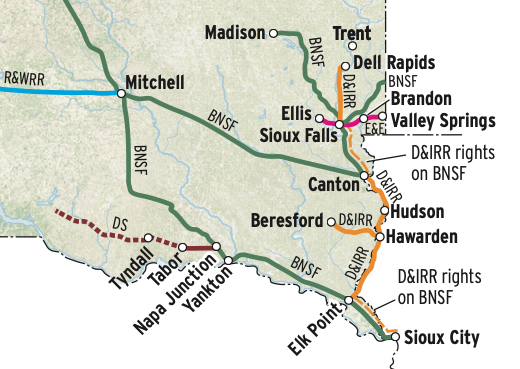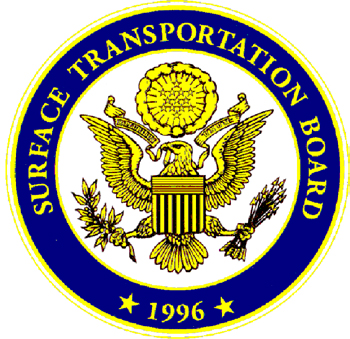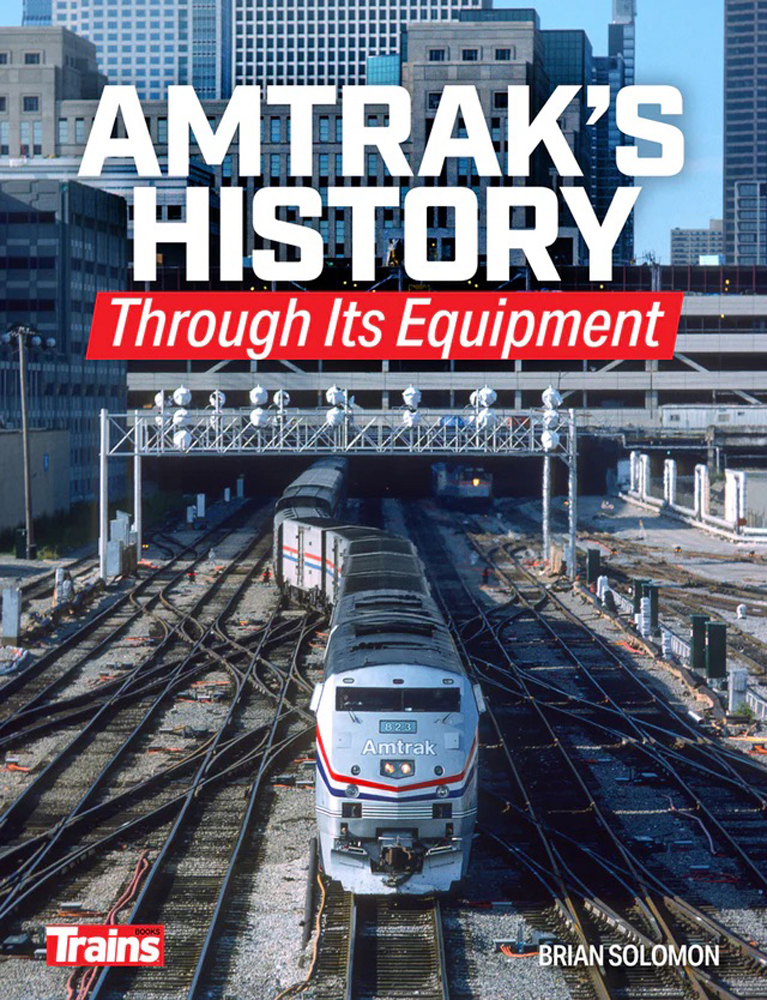
WASHINGTON — A rail union has asked the Federal Aviation Administration to ban the use of unmanned aircraft systems, or drones, above rail yards and main lines.
The International Association of Sheet Metal, Air, Rail and Transportation Workers-Transportation Division, or SMART-TD, submitted comments earlier this week on a proposed FAA rule that would allow expanded drone use of beyond visual line of sight. Such a proposal was a condition of the FAA Authorization Act of 2024.
SMART-TD says it seeks the ban primarily because of what it says is an increasing use drones by railroad management for employee surveillance and operational testing, calling such use “a practice that crosses every line of safety, respect, and common sense.” Jared Cassity, SMART-TD’s national safety and legislative director, said in a post on the union’s website, “Our rail yards are not laboratories or surveillance zones. They’re our offices. When a drone flies overhead, it’s not just a nuisance; it’s a distraction in one of the most dangerous work environments in America. And make no mistake: if something goes wrong, it won’t be the manager behind the joystick who gets hurt. It’ll be one of our members.” The union also raises national security concerns given the increasing use of drones in warfare and the hazardous materials moved by rail.
The Regulations.gov website indicates that the proposed rule, FAA Docket 2025-1908, received more than 1 million comments.
In its filing, the union cites distraction issues for train crews, risks created by inexperienced drone operators, and security risks created by drone flights. “The presence of drones over rail yards or trains creates an inability for workers to distinguish between a railroad manager monitoring performance and a bad actor conducting surveillance to identify vulnerabilities or target shipments,” the filing argues.
The union asks that the FAA prohibit drone use for employee surveillance and testing in rail settings, or alternately, that drone activity over rail infrastructure be prohibited unless formally requested and approved through an FAA authorization process, along with “strict security and identification protocols to distinguish authorized drone operations from malicious ones.
The Association of American Railroads also commented on the proposed rule. Its filing supports expanded beyond-visual-line-of-sight use of unmanned aerial systems, but expressed concerns over several proposed reporting requirements, registration of equipment, and rules regarding operation in controlled airspace.
A number of railroads currently use unmanned aerial vehicles in a variety of operations. Among them: BNSF, which has worked with the FAA to develop beyond-visual-line-of-sight operations for track and other infrastructure inspections [see “Drones are shaping the future of railroading,” Trains.com, Aug. 12, 2024], and CSX, which uses drones to inspect yard trackage [see “CSX aims to boost …,” Trains.com, Nov. 13, 2024].














Drones should be used to report and discourage tagging railway properties including rolling stock so freight trains no longer look derelict and appear like rolling landfills.
There are laws against defacing public and private private properties. Enforce them!
If taggers want to express themselves, buy art supplies to paint and exhibit like legitimate artists.